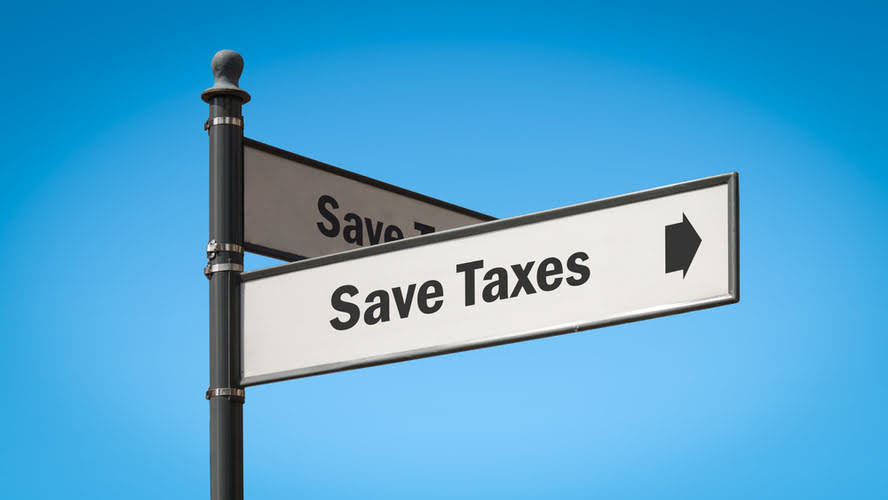
The expanded accounting equation shows the relationship between your balance sheet and income statement. Revenue and owner contributions are the two primary sources that create equity. If your business has more than one owner, you split your equity among all the owners. Include the value of all investments from any stakeholders in your equity as well. Subtract your total assets from your total liabilities to calculate your business equity.

Impact of transactions on accounting equation
- As this is not really an expense of the business, Anushka is effectively being paid amounts owed to her as the owner of the business (drawings).
- Financial analysis often involves both using or analyzing historic information and forecasting forward-looking financial statements.
- Business owners with a sole proprietorship and small businesses that aren’t corporations use Owner’s Equity.
- To calculate the profit margin on sales, divide the net income by the sales and multiply by 100.
- Before getting into how the accounting equation helps balance double-entry bookkeeping, let’s explain each element of the equation in detail.
- A thorough understanding of the engineering behind financial statements is essential for a valuation assignment or an M&A transaction.
You can download our free excel workout to test your understanding of the accounting equation. This refers to the owner’s interest in the business or their claims on assets after all liabilities are subtracted. It is important to remember that the total of all assets has to equal the total of liabilities and equity. financial accounting equation This is what ensures that every transaction makes sense and there will always be an entry on both sides of each transaction. Ted is an entrepreneur who wants to start a company selling speakers for car stereo systems. After saving up money for a year, Ted decides it is time to officially start his business.
Why must Accounting Equation always Balance?
A liability, in its simplest terms, is an amount of money owed to another person or organization. Said a different way, liabilities are creditors’ claims on company assets because this is the amount of assets creditors would own if the company liquidated. If an accounting equation does not balance, it means that the accounting transactions are not properly recorded. For every transaction, both sides of this equation must have an equal net effect. Below are some examples of transactions and how they affect the accounting equation. For example, if a company becomes bankrupt, its assets are sold and these funds are used to settle its debts first.
Additional Resources
In monopolistic competition, firms have some degree of market power and can influence the price, so the demand curve is downward sloping and not the same as marginal revenue. A feature of international corporate planning is the consideration of cultural, political, and economic differences in various regions. International corporate planning is a strategic process that involves the identification and evaluation of potential opportunities and challenges in foreign markets. Amounts received in advance from customers for future products or services are considered liabilities. The total profit from buying an option is the difference between the payoff and the initial cost of the option. It is important to consider both the payoff and the total profit when evaluating the profitability of an options trade.

Assets, Liabilities, And Equity

Members of financial accounting can carry several different professional designations. Companies engage in financial accounting for a number of important reasons. The accounting principles used depend on the business’s regulatory and reporting requirements.

The accounting equation will always balance because the dual aspect of accounting for income and expenses will result in equal increases or decreases to assets or liabilities. Financial accounting is a specific branch of accounting involving a process of recording, summarizing, and reporting the myriad of transactions resulting from business operations over a period of time. These transactions are summarized in the preparation of financial statements—including the balance sheet, income statement, and cash flow statement—that record a company’s operating performance over a specified period. The accounting equation accurately depicts a company’s financial position by showing the relationship between its assets, liabilities, and owners’ equity. In this case, option B represents the correct formula, as it demonstrates that a company’s total assets are financed by its liabilities and owners’ equity (common stock and retained earnings). The accounting equation represents a fundamental principle of accounting that states that a company’s total assets are equal to the sum of its liabilities and equity.
- The difference between the $400 income and $250 cost of sales represents a profit of $150.
- Capital essentially represents how much the owners have invested into the business along with any accumulated retained profits or losses.
- Now, there’s an extended version of the accounting equation that includes all of the elements (described in the section above) that comprise the Owner’s Equity.
- The accounting equation is also called the basic accounting equation or the balance sheet equation.
- Double-entry bookkeeping is a system that records transactions and their effects into journal entries, by debiting one account and crediting another.
- Assets, liabilities, and equity accounts are reported on the balance sheet, which utilizes financial accounting to report ownership of the company’s future economic benefits.
- The accounting equation ensures that the balance sheet remains balanced.
- Profits retained in the business will increase capital and losses will decrease capital.
- Additionally, it doesn’t completely prevent accounting errors from being made.
- So, let’s take a look at every element of the accounting equation.
What is your current financial priority?
- Double-entry accounting uses the accounting equation to show the relationship between assets, liabilities, and equity.
- So whatever the worth of assets and liabilities of a business are, the owners’ equity will always be the remaining amount (total assets MINUS total liabilities) that keeps the accounting equation in balance.
- Then, using this cost information, a company may decide to switch to a lower quality, less expensive type of raw materials.
- An automated accounting software like QuickBooks makes it easy to run financial reports and plug the numbers for these equations.
- Remember, the more knowledge you have about your business’s financial health, the better you can run your business.